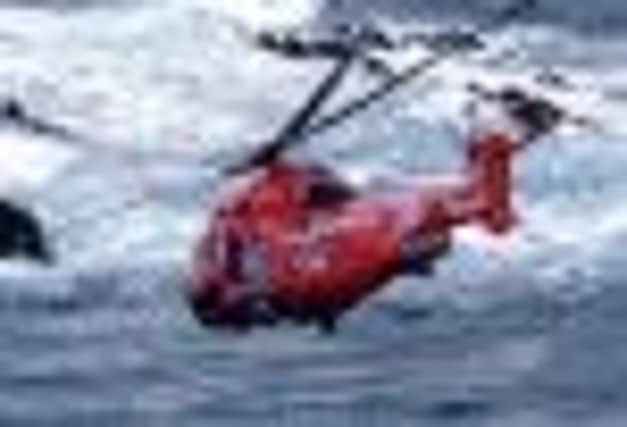Two Super Puma’s return to base after safety scares


• One of the helicopters was heading out to the platform where the 2009 Super Puma crash helicopter was headed
The helicopters were forced to return to Aberdeen heliport this morning while on flights to a BP installation and a drilling rig.
Advertisement
Hide AdAdvertisement
Hide AdBoth Super Pumas are the earlier L2 models of the aircraft which are not affected by the current grounding of the EC225 models which have been involved in two ditchings since May.
But one of the flights involved in today’s alerts was en route to BP’s Miller platform. In April 2009, two pilots and 14 oilworkers on a Super Puma AS332L2 were killed when the aircraft, operated by Bond Helicopters, crashed into the North Sea while flying to the Miller platform after suffering a catastrophic gearbox failure.
A spokesman for Bond Helicopters said today: “Two flights this morning were returned to base. They went in for immediate inspection. The first flight that came back was checked and nothing wrong was found with it and it is being returned to service.”
The Bons spokesman also confirmed that the second Super Puma helicopter has now also returned to service following safety checks.
Both helicopters are L2s - the only version of the Super Pumas that Bond are flying at the moment. One was heading for the Miller platform and the other was heading for the the Borgholm Dolphin drilling rig.”
A helicopter industry source said that one of the alerts was sounded after an oilworker on board had reported hearing a “rattling” noise on the helicopter. Said the source: “Because of the recent incidents everybody is so keyed up that the slightest thing they hear they think there is a problem and for obvious safety reasons helicopters have to return to base.”
All 16 EC225s operating in the North Sea - one-fifth of the entire fleet - have been grounded since 22 October when a CHC-operated Super Puma EC225 was forced to ditch off Shetland. Another Super Puma EC225 ditched 30 miles off the coast of Aberdeen in May.
Both ditchings have led to the discovery of “potentially catastrophic” mechanical failures in the gearbox - identical cracks near a weld in the main vertical gear shaft.
Advertisement
Hide AdAdvertisement
Hide AdA report into the fatal crash in 2009, published in November last year by the Air Accident Investigation Board, revealed that the the chopper disintegrated as it plummeted from 2,000ft into the North Sea at 170 knots, when its main rotor gearbox failed, its massive rotor blades ripping from the body of the aircraft and severing the tail.
The detailed report by the AAIB pinpointed a series of misunderstandings, mistakes and failures in communication that led to the root cause of the mechanical failure in the gearbox going undetected.